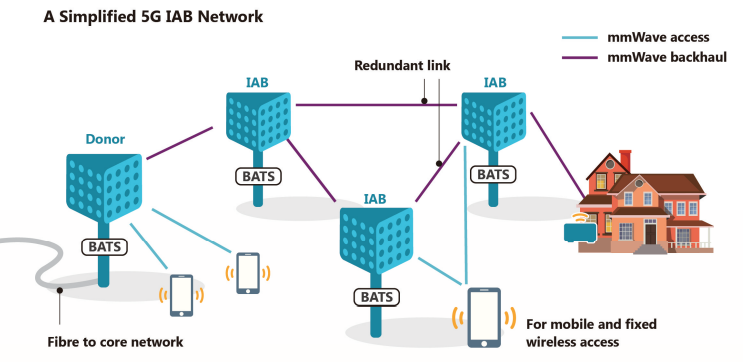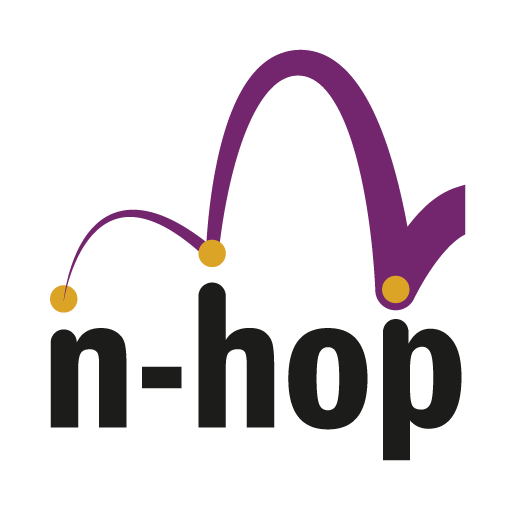5G Densification
As network operators upgrade from 4G to 5G, they need to dramatically increase the number of base stations in the network. The main reasons for this are the need for higher capacity networks to support increasing numbers of users and higher speed applications, and also the move to higher 5G frequency spectrum. These higher frequency bands offer much more bandwidth but with far less range between the base stations and users. The resulting demand for more base stations is call ‘densification’ and it has been predicted that in dense urban locations the number of 5G base stations will be 14 times greater than the number of 4G base stations by 2025.
5G Integrated Access & Backhaul
Integrated Access and Backhaul (IAB) is a multi-hop concept introduced by the 5G industry body 3GPP to lower the cost of connecting these new 5G sites. It can also be used to extend 5G coverage to areas where fiber cannot reach. In the IAB topology just the first node (called the IAB donor) is connected to the network by fiber. The IAB donor provides wireless connectivity to any nearby users and also a link to a second node (an IAB node). The IAB node in turn provides wireless connectivity to its nearby users and on to the next IAB node, and so on. The standard 5G wireless spectrum, particularly the higher frequency mmWave spectrum, is shared between user access and linking IAB nodes. As a result, the IAB nodes do not need any new dedicated frequency spectrum, nor do they need a fiber connection.

BATS for 5G IAB
End-to-end reliability and latency are challenges in the design of any 5G IAB network. The error correction mechanisms provided in the current IAB design are not optimized for multiple IAB hops; they are designed to maintain reliability across a single IAB link only. Moreover, these mechanisms introduce delay which will accumulate across multiple hops. As a result, the current IAB design will not support many sequential hops – typically just 2 wireless links before there are too many accumulated errors and delays to go further. BATS Coding employed at each IAB node will remove this limitation and thus support a greater number of hops.
